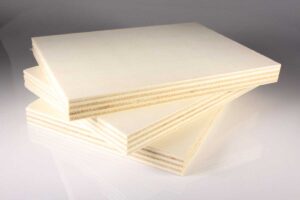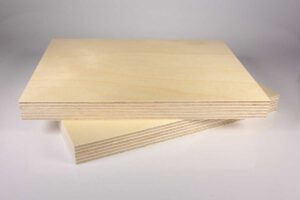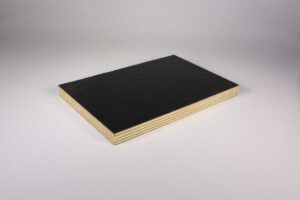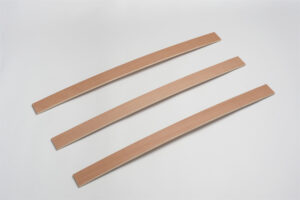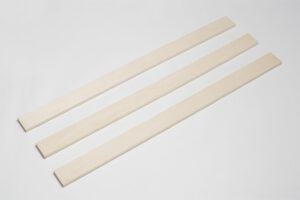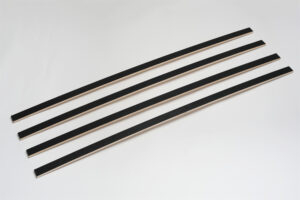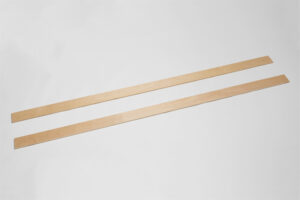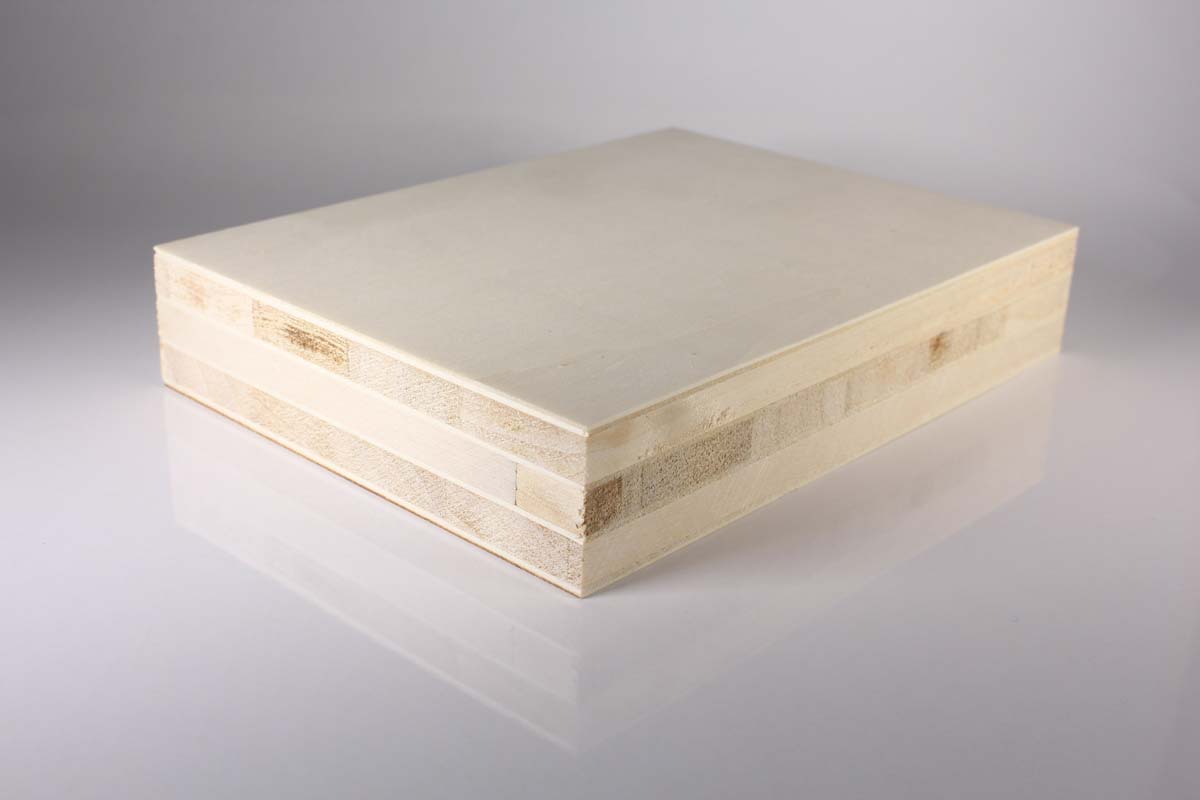
Packing Plywood
This plywood is designed to offer superior strength and durability for packaging and transportation needs. It provides a secure solution for shipping goods, ensuring that products are protected during transit and arrive in excellent condition.
Customization
Tailor products to meet your specific requirements.
Manufacturing
Consistent, durable products crafted with advanced techniques.
Logistics
Ensuring timely delivery to our clients worldwide.
share this product
Product Description
In the world of construction and packaging, where strength, durability, and cost-effectiveness are paramount, packing plywood stands out as a versatile and reliable solution. This engineered wood panel, often overshadowed by its more aesthetically pleasing counterparts, plays a crucial role in a vast array of applications. From providing a stable foundation for heavy loads to ensuring the safe transportation of goods across continents, packing plywood consistently proves its mettle.
This comprehensive guide delves deep into the world of packing plywood, going beyond its humble appearance to explore its unique properties, diverse applications, and the reasons why it remains a cornerstone of efficiency and reliability in various industries. We’ll unpack the science behind its strength, delve into its diverse applications, and illustrate why it stands as a testament to the fact that sometimes, the most practical solutions are also the most powerful.
What is Packing Plywood?
Packing plywood is a type of structural plywood specifically engineered to provide a robust and economical solution for applications where load-bearing capacity, impact resistance, and surface stability are critical. Unlike decorative plywood, where the focus is on aesthetics and surface finish, packing plywood prioritizes functionality and performance under demanding conditions.
The manufacturing process involves taking multiple layers of thin wood veneer, typically peeled from softwood trees like pine, fir, or spruce, and bonding them together with strong adhesives under carefully controlled heat and pressure. The secret to packing plywood’s remarkable strength lies in its cross-grained construction. This means that each layer of veneer is oriented perpendicular to the adjacent layer, creating a matrix-like structure that effectively distributes stress and resists warping or bending under pressure.
Delving Deeper: Key Features of Packing Plywood
| Feature | Description |
| Core | Poplar/Pine etc. |
| Face | Poplar/Pine etc. |
| Face Grade |
C/C, C/D, D/D etc.
|
| Dimensions | 1220*2440 etc. |
| Thickness | 5mm-30mm |
| Glue | MR, Melamine |
| Certificate | FSC/ CARB P2 |
Building on Strength: Applications of Packing Plywood
Packing plywood’s versatility and affordability make it a staple in a diverse range of industries and applications, proving its worth in countless scenarios where strength, reliability, and cost-effectiveness are paramount.
-
Packaging and Crating: This is where packing plywood truly shines, forming the backbone of robust and reliable packaging solutions for a vast array of goods, from delicate electronics to heavy machinery. Its strength, impact resistance, and ease of fabrication make it ideal for constructing:
- Crates: Providing a sturdy and customizable enclosure for shipping large or heavy items, protecting them from damage during transit. The plywood’s ability to be cut and shaped to specific dimensions allows for the creation of crates tailored to the exact size and shape of the goods being shipped.
- Boxes: Offering a lightweight yet durable solution for packaging smaller goods, ensuring their safe arrival at their destination. Packing plywood’s resistance to punctures and tears provides an extra layer of protection for fragile items during handling and transportation.
- Pallets: Forming the base for stacking and transporting goods, providing a stable and consistent platform for efficient loading and unloading. The uniform surface of plywood pallets ensures that goods are stacked securely and minimizes the risk of damage due to uneven weight distribution.
- Shipping Containers: Lining the interior walls and floors of shipping containers to protect cargo from moisture, impact, and shifting during transportation. Plywood lining helps to create a more controlled environment within the container, safeguarding goods from condensation, abrasion, and other potential hazards.
-
Construction and Building: Beyond its packaging prowess, packing plywood’s structural integrity and affordability make it a valuable material in various construction applications, particularly for:
- Flooring: Providing a stable and level subfloor for various floor finishes, including hardwood, tile, and carpet. Its consistent thickness and flatness create a smooth and even surface for installing flooring materials, ensuring a professional finish.
- Wall Sheathing: Offering structural support and a nailing surface for exterior wall cladding, enhancing the building’s stability and weather resistance. Plywood sheathing helps to brace the wall studs, increasing their resistance to wind loads and other external forces.
- Roof Sheathing: Providing a solid base for roofing materials, distributing the load evenly and ensuring a stable roof structure. The plywood’s strength and dimensional stability make it an ideal substrate for attaching shingles, tiles, or other roofing materials.
- Concrete Formwork: Creating temporary molds for pouring concrete, providing a smooth and consistent surface for the concrete to cure against. The plywood’s ability to be easily cut and shaped makes it ideal for creating complex concrete forms, while its smooth surface ensures a clean and professional finish on the cured concrete.
-
Furniture Making: While not as aesthetically refined as decorative plywood, packing plywood finds its place in furniture making, particularly for:
- Structural Components: Providing the internal framework and support for sofas, chairs, and tables, ensuring their strength and durability. Its load-bearing capacity makes it suitable for applications where furniture needs to withstand significant weight or stress.
- Shelving and Storage Units: Creating sturdy and functional shelves, cabinets, and storage solutions for homes, garages, and workshops. Plywood’s affordability and ease of fabrication make it a practical choice for DIY furniture projects and custom storage solutions.
- Utility Furniture: Constructing workbenches, toolboxes, and other utility furniture where durability and functionality are paramount. Its resistance to impacts, scratches, and moisture makes it well-suited for demanding environments where furniture is subjected to heavy use.
-
Other Applications: The versatility of packing plywood extends beyond these primary uses, finding its way into diverse applications such as:
- Signage and Displays: Providing a sturdy and lightweight base for billboards, signs, and trade show displays. Its flatness and dimensional stability make it an ideal substrate for mounting graphics and signage materials.
- Arts and Crafts: Offering a cost-effective material for hobbyists and artists for various projects, from model making to painting surfaces. Its smooth surface and ease of cutting and shaping make it adaptable to a wide range of creative endeavors.
- DIY Projects: Providing a versatile material for homeowners and DIY enthusiasts for various home improvement and repair projects, from building sheds and treehouses to creating custom furniture and storage solutions. Its affordability, availability, and ease of use make it a go-to material for countless DIY projects.
Packing a Punch: Advantages of Packing Plywood
Packing plywood’s enduring popularity stems from its impressive array of advantages, making it a practical and economical choice for a wide range of applications:
-
Cost-Effectiveness: One of the most significant advantages of packing plywood is its affordability compared to other structural materials like solid lumber or metal. This makes it an attractive option for budget-conscious projects where cost-efficiency is a primary concern without compromising on strength or performance.
-
Strength and Durability: Despite its affordability, packing plywood exhibits impressive strength and durability, especially when considering its weight. Its cross-grained construction and strong adhesives provide excellent load-bearing capacity and impact resistance, making it suitable for demanding applications where it needs to withstand heavy loads, impacts, or vibrations.
-
Versatility: Packing plywood’s ability to be easily cut, shaped, and fastened using standard woodworking tools and techniques makes it a versatile material for various applications. It can be used in large sheets for structural purposes or cut into smaller pieces for intricate designs and packaging solutions, adapting to the specific needs of the project.
-
Availability: Packing plywood is readily available from lumberyards and building material suppliers worldwide, making it easy to source for projects of all sizes. Its widespread availability ensures that you can find the right type and quantity of plywood for your needs without extensive searching or lead times.
-
Sustainability: Many manufacturers of packing plywood are committed to sustainable forestry practices, sourcing their wood from responsibly managed forests that adhere to strict environmental regulations. Choosing plywood from these sources contributes to environmental conservation efforts and reduces the impact on our planet’s valuable forest resources.
Weighing the Options: Packing Plywood vs. Other Materials
| Material | Advantages | Disadvantages |
|---|---|---|
| Packing Plywood | Cost-effective, strong and durable, versatile, readily available, sustainable options available | Not as moisture-resistant as marine plywood, may not be suitable for exterior applications or prolonged exposure to water, appearance is not a primary consideration, can be susceptible to water damage if not properly sealed or protected |
| Solid Lumber | Natural beauty, high strength in one direction, traditional building material, can be milled and shaped to specific dimensions | Expensive, prone to warping and cracking over time, requires careful selection and grading for quality, labor-intensive to install, susceptible to moisture damage and insect infestation, can be heavy and difficult to work with |
| OSB (Oriented Strand Board) | Cost-effective, consistent strength in both directions due to its engineered structure, readily available, made from readily renewable wood sources | Not as strong as plywood, less aesthetically pleasing with a rougher surface, susceptible to moisture damage if not properly protected, can swell and lose strength when exposed to water |
| MDF (Medium-Density Fiberboard) | Smooth, consistent surface ideal for painting, easy to work with using standard woodworking tools, affordable, available in various densities and thicknesses | Not as strong as plywood, susceptible to moisture damage and can swell significantly when wet, not suitable for structural applications where load-bearing capacity is required, may contain formaldehyde and require special handling during cutting and disposal |
| Particle Board | Cost-effective, made from recycled wood fibers, readily available in various sizes and thicknesses | Not as strong as plywood and prone to breakage under stress, susceptible to moisture damage and can crumble when wet, not suitable for structural applications, may contain formaldehyde and require special handling during cutting and disposal |
Why Choose YuanTuo Wood for Your Packing Plywood Needs?
At YuanTuo Wood, we understand that your projects, whether they involve shipping valuable goods across the globe or constructing a sturdy foundation for your dream home, demand reliable and high-performing materials. That’s why we go the extra mile to provide packing plywood that exceeds expectations, offering not just a product, but a partnership built on quality, sustainability, and a commitment to your success.
Here’s why you should choose YuanTuo Wood for your packing plywood needs:
-
Uncompromising Quality: We source our wood veneers from sustainably managed forests and utilize high-quality adhesives to ensure our packing plywood meets the highest industry standards for strength, durability, and performance. Each sheet undergoes rigorous quality control checks at every stage of the manufacturing process, from veneer selection to final inspection, ensuring that you receive a product that meets your exact specifications.
-
Tailored Solutions: We offer a wide range of packing plywood options to suit your specific needs, including various thicknesses, sizes, and wood species. Our team of experienced professionals can work with you to identify the perfect plywood solution for your project requirements, taking into consideration factors such as load-bearing capacity, moisture resistance, and budget constraints.
-
Commitment to Sustainability: We are dedicated to responsible forestry practices and environmental stewardship, recognizing the importance of preserving our planet’s valuable resources for future generations. Choosing YuanTuo Wood means choosing a company that cares about the future of our forests and is committed to minimizing its environmental impact through sustainable sourcing and responsible manufacturing practices.
-
Exceptional Customer Service: Our knowledgeable and friendly team is here to assist you every step of the way, from product selection to delivery, providing expert guidance and support to ensure your satisfaction. We strive to provide a seamless and satisfying experience for all our customers, building lasting relationships based on trust, transparency, and a genuine commitment to your success.
-
Competitive Pricing: We offer competitive pricing on all our packing plywood products without compromising quality or service. Our goal is to provide you with the best value for your investment, ensuring that you receive high-quality packing plywood at a price that fits your budget.
Addressing Your Queries: Frequently Asked Questions (FAQ)
1. What is the load-bearing capacity of packing plywood?
The load-bearing capacity of packing plywood is not a one-size-fits-all figure. It varies depending on several factors, including the thickness of the plywood, the species of wood used, the spacing of the supports, and the duration of the load. For example, a thicker sheet of hardwood plywood supported by closely spaced joists will obviously have a higher load-bearing capacity than a thinner sheet of softwood plywood with wider joist spacing. It’s essential to consult with a structural engineer or refer to manufacturer specifications to determine the appropriate load-bearing capacity for your specific application, ensuring that the plywood you choose can safely handle the expected loads.
2. Can packing plywood be used outdoors?
While packing plywood can withstand some exposure to moisture, it’s not designed for prolonged outdoor use or direct contact with the ground. Prolonged exposure to moisture can lead to warping, delamination, and rot, compromising its structural integrity. If you require plywood for outdoor applications, consider using marine plywood or pressure-treated plywood, which are specifically designed for exterior use and treated with preservatives to resist moisture, insects, and decay.
3. How do I cut and shape packing plywood?
Packing plywood can be cut and shaped using standard woodworking tools, including circular saws, jigsaws, and hand saws. When cutting plywood, it’s crucial to use sharp blades and appropriate safety equipment to prevent splintering and ensure clean, precise cuts. Always wear safety glasses, hearing protection, and a dust mask when working with power tools to protect yourself from flying debris and wood dust.
4. Can packing plywood be painted or stained?
Yes, packing plywood can be painted or stained to improve its appearance or match a particular aesthetic. However, it’s essential to prepare the surface properly by sanding it smooth and applying a primer before painting or staining. This will ensure proper adhesion of the paint or stain. Using a high-quality paint or stain specifically designed for plywood will ensure optimal adhesion and durability, providing a long-lasting finish.
5. How do I dispose of packing plywood?
Packing plywood can often be recycled or disposed of through local waste management programs. Check with your local authorities for specific guidelines on recycling or disposing of wood products in your area. If the plywood is treated with chemicals, such as fire retardants, it may require special handling for disposal to prevent environmental contamination.
Packing Up: Conclusion
Packing plywood, with its unique blend of strength, versatility, affordability, and sustainability, has earned its place as a cornerstone material in countless industries. From ensuring the safe transport of goods across the globe to providing a stable foundation for our homes and structures, it stands as a testament to the fact that sometimes, the most practical solutions are also the most powerful. Whether you’re a builder, a manufacturer, a DIY enthusiast, or simply someone in need of a reliable and cost-effective material, packing plywood deserves your consideration. By understanding its properties, applications, and advantages, you can harness its full potential and build with confidence, knowing that you’ve chosen a material that delivers on its promises.

